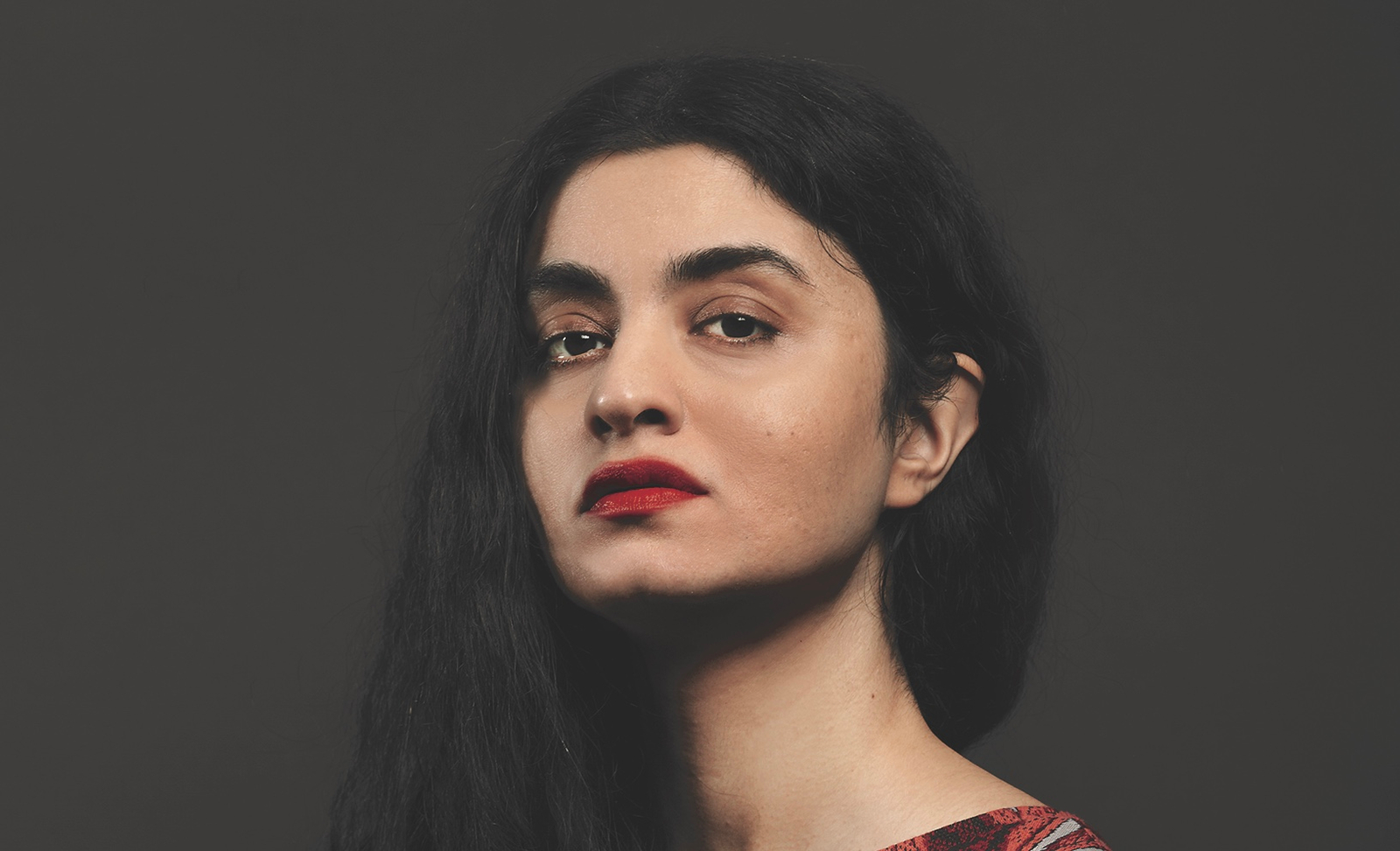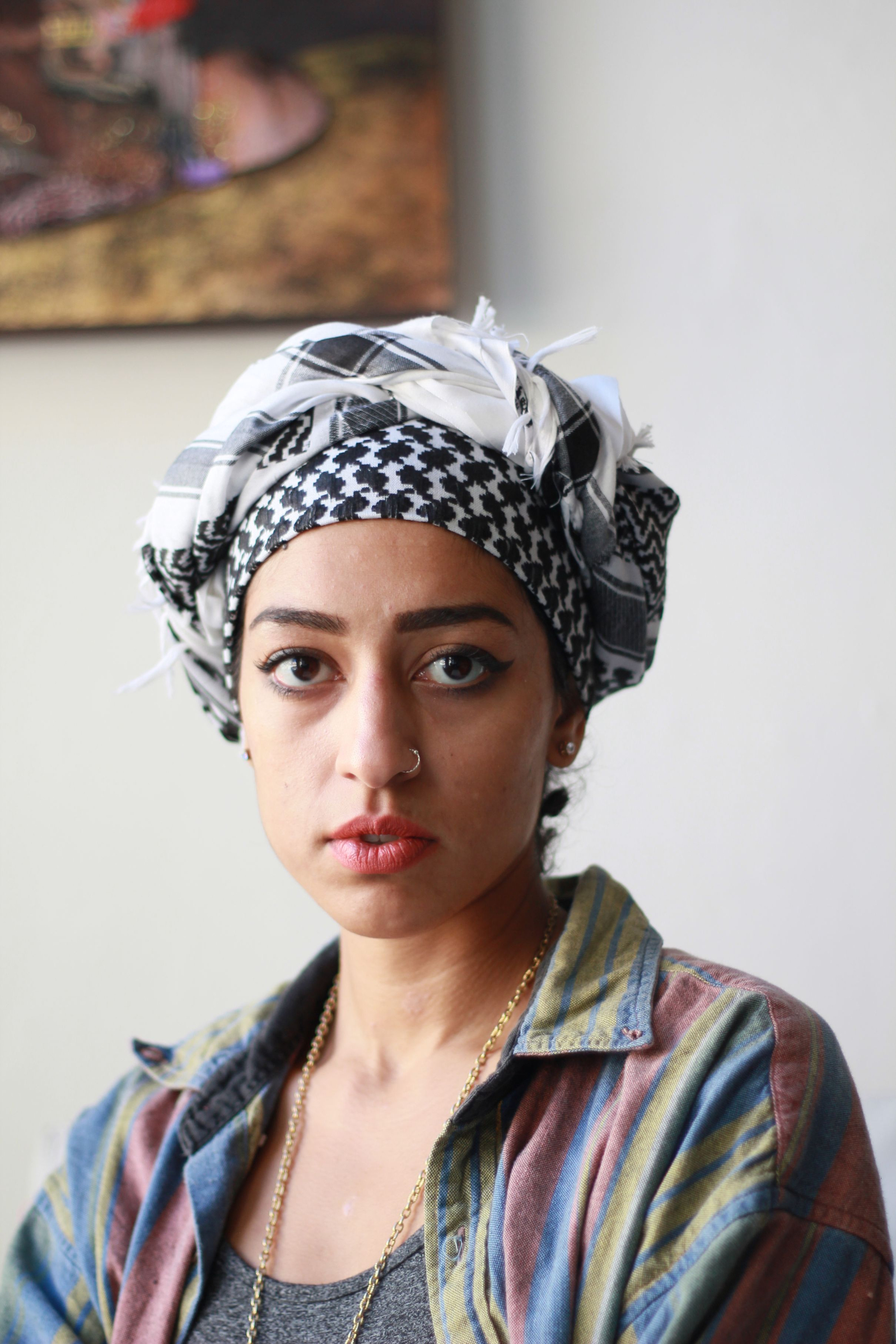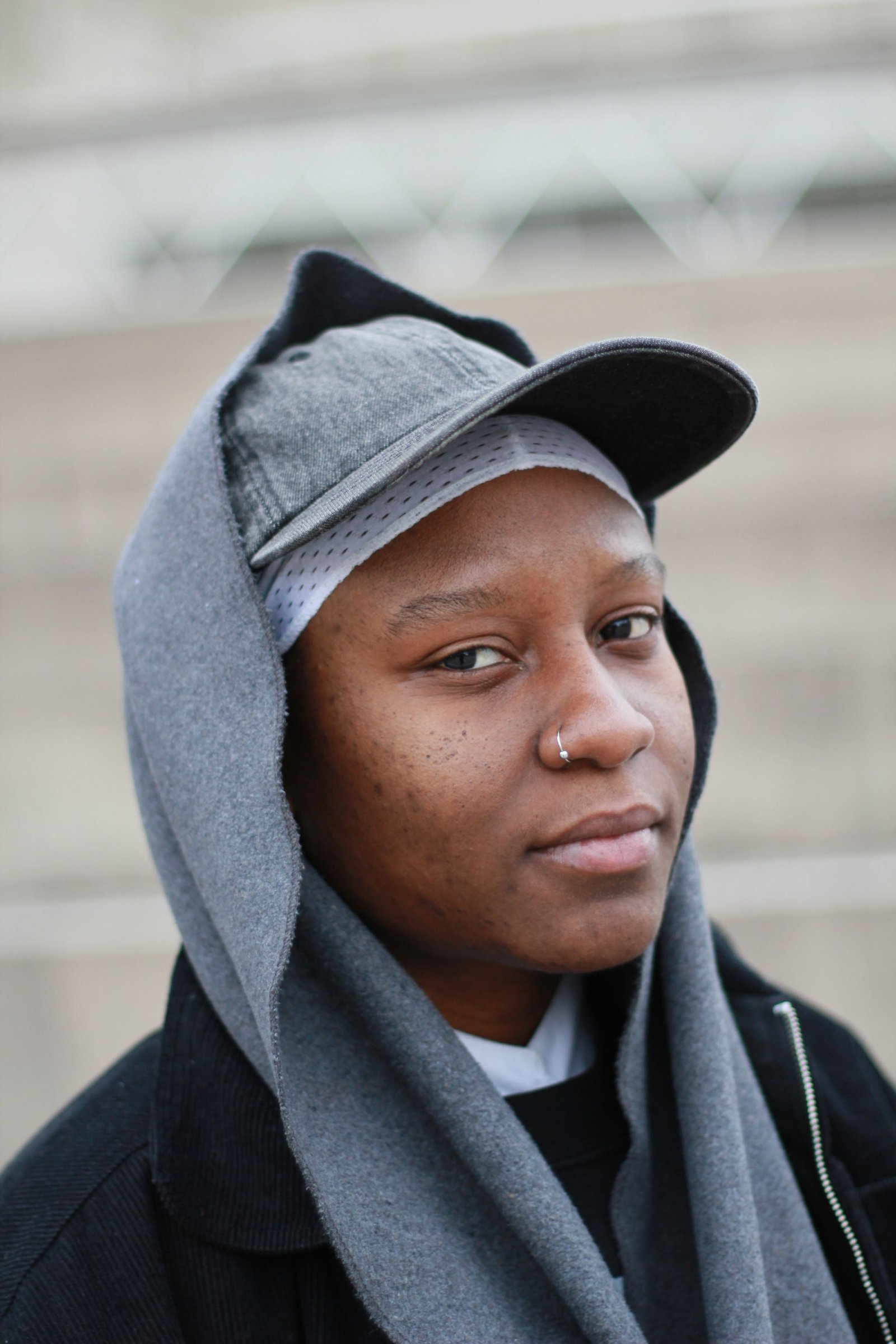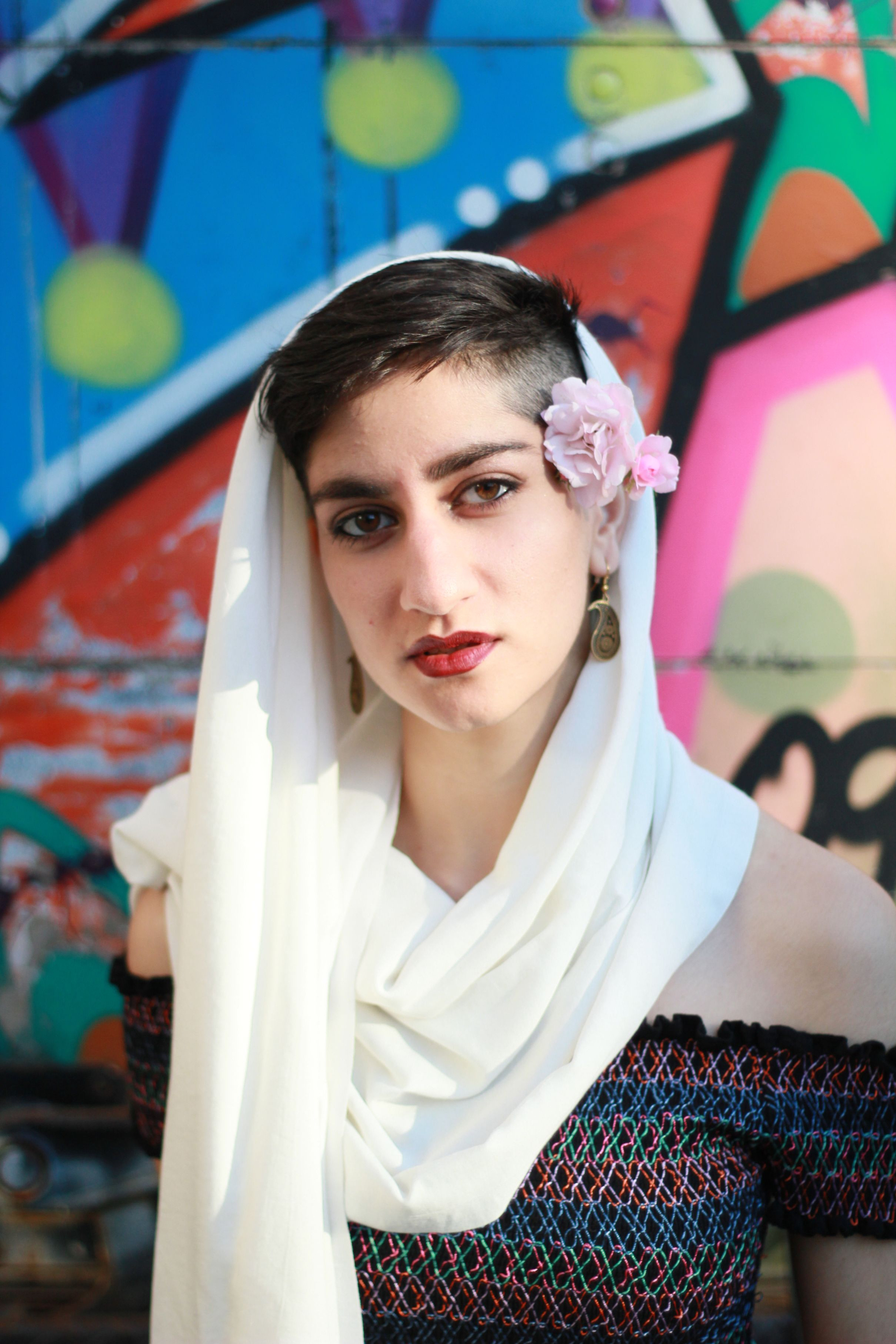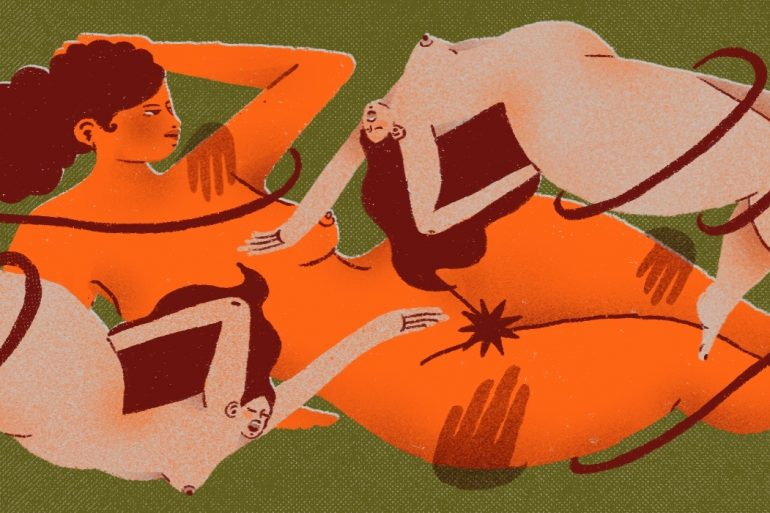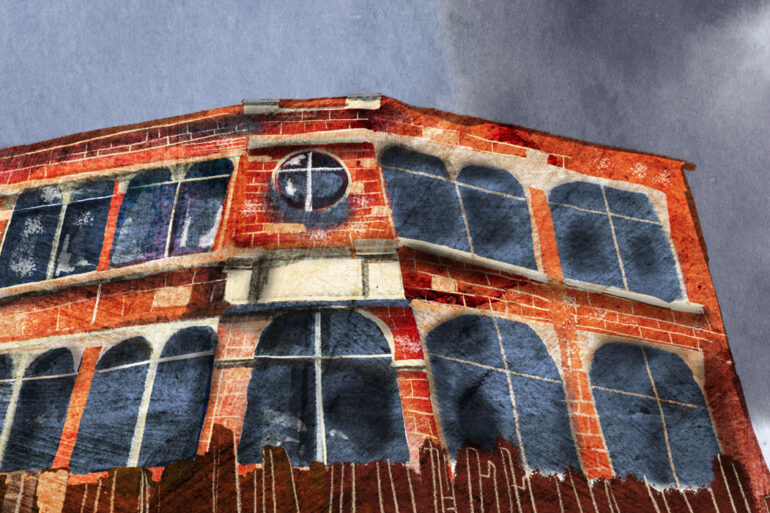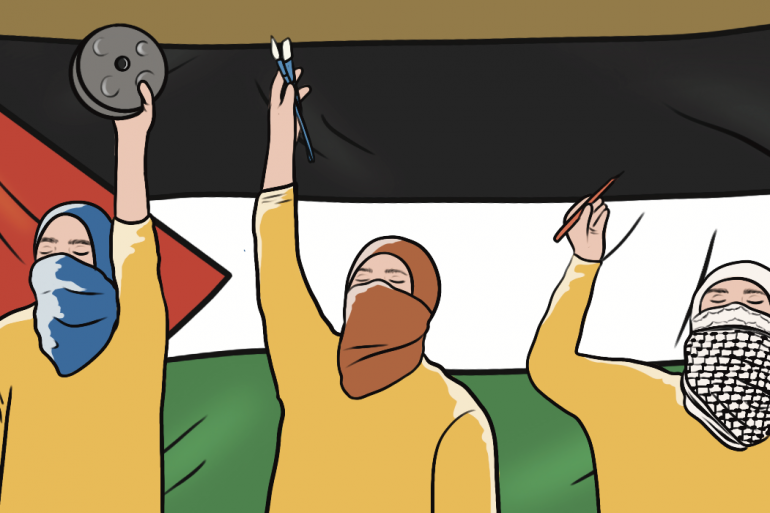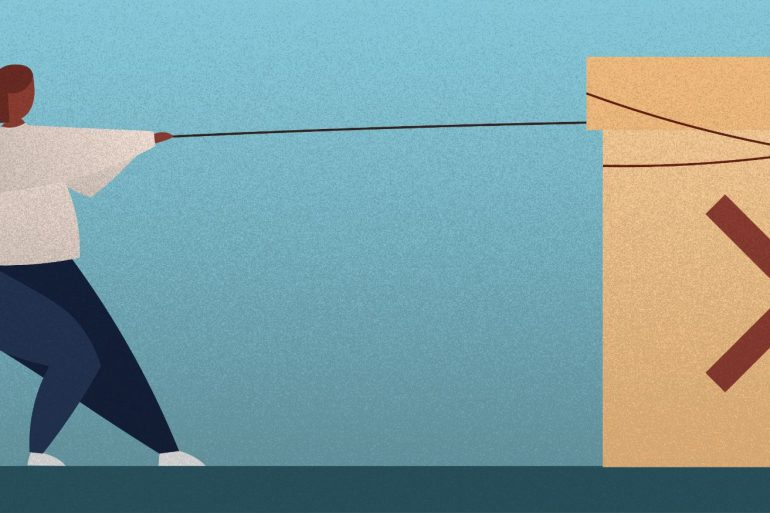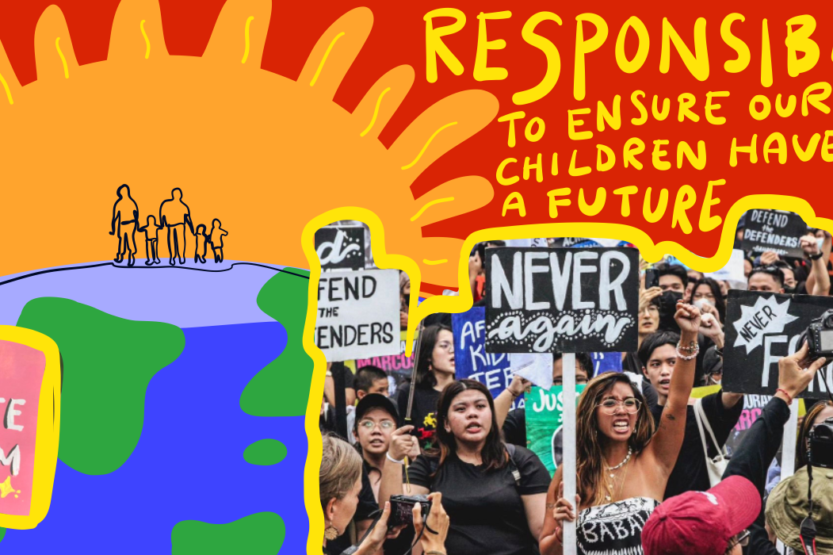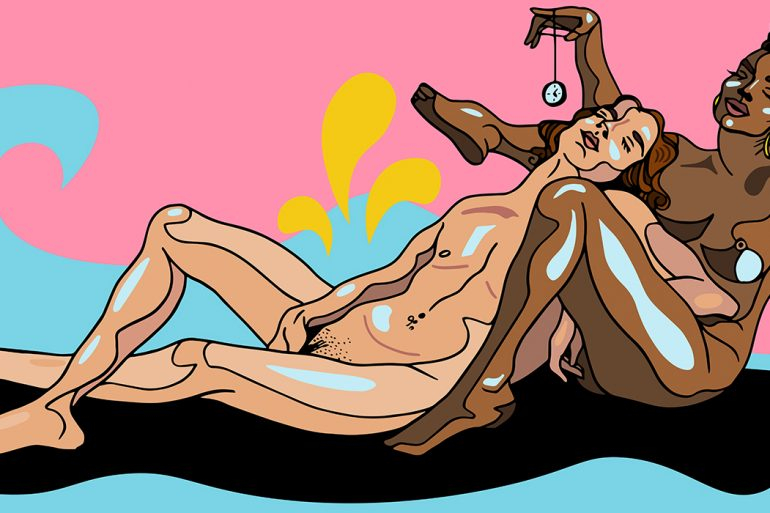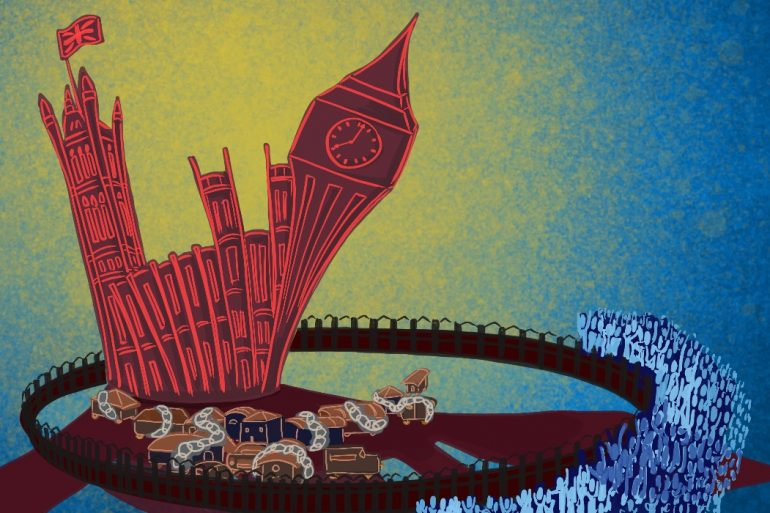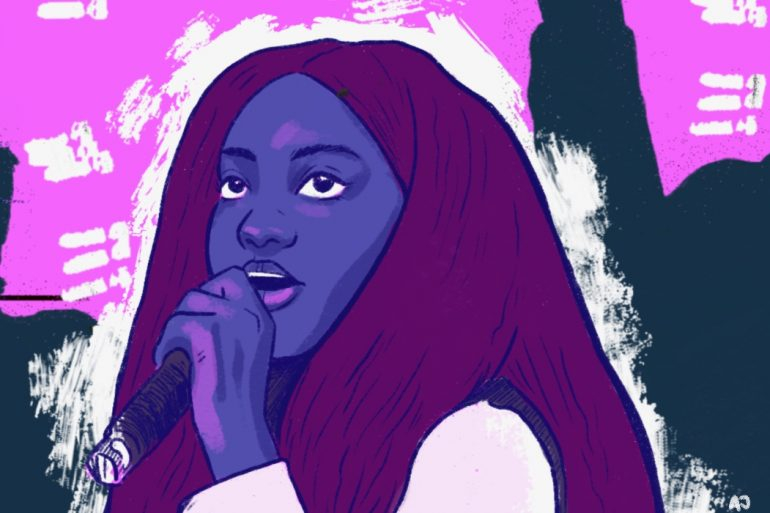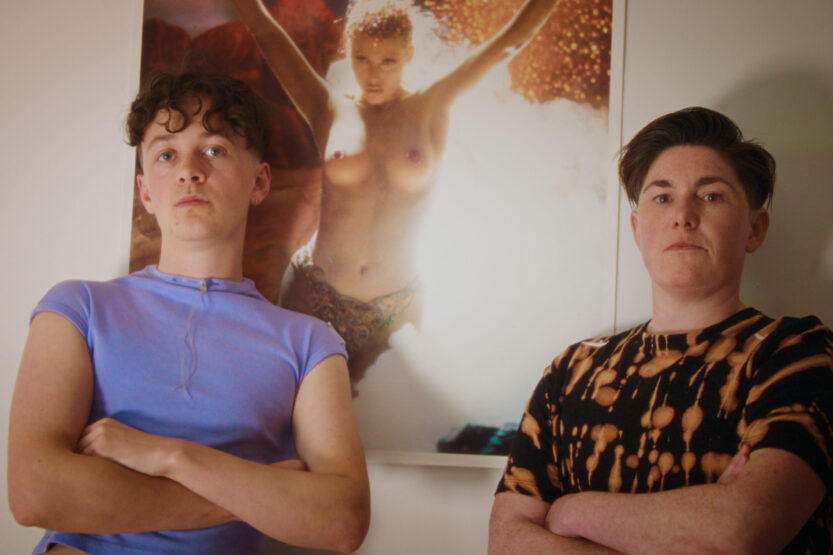Samra Habib is a writer, photographer and activist, whose memoir We Have Always Been Here depicts the personal intersection of queerness and Islam through their experience through being forced away from their home in Lahore and start a new life in Canada. Through the lens of their own experiences, Samra’s book explores the ways in which they forged her multilayered identity in the face of persecution and Otherness. As a queer Ahmadi Muslim, they powerfully portray their search for the language to express their truest self, making peace with their sexuality, their family, and Islam.
shado sat down with Samra earlier this month to discuss the book and how it depicts their personal journey. An extract from Chapter One can be found below (with thanks to Quercus Books).
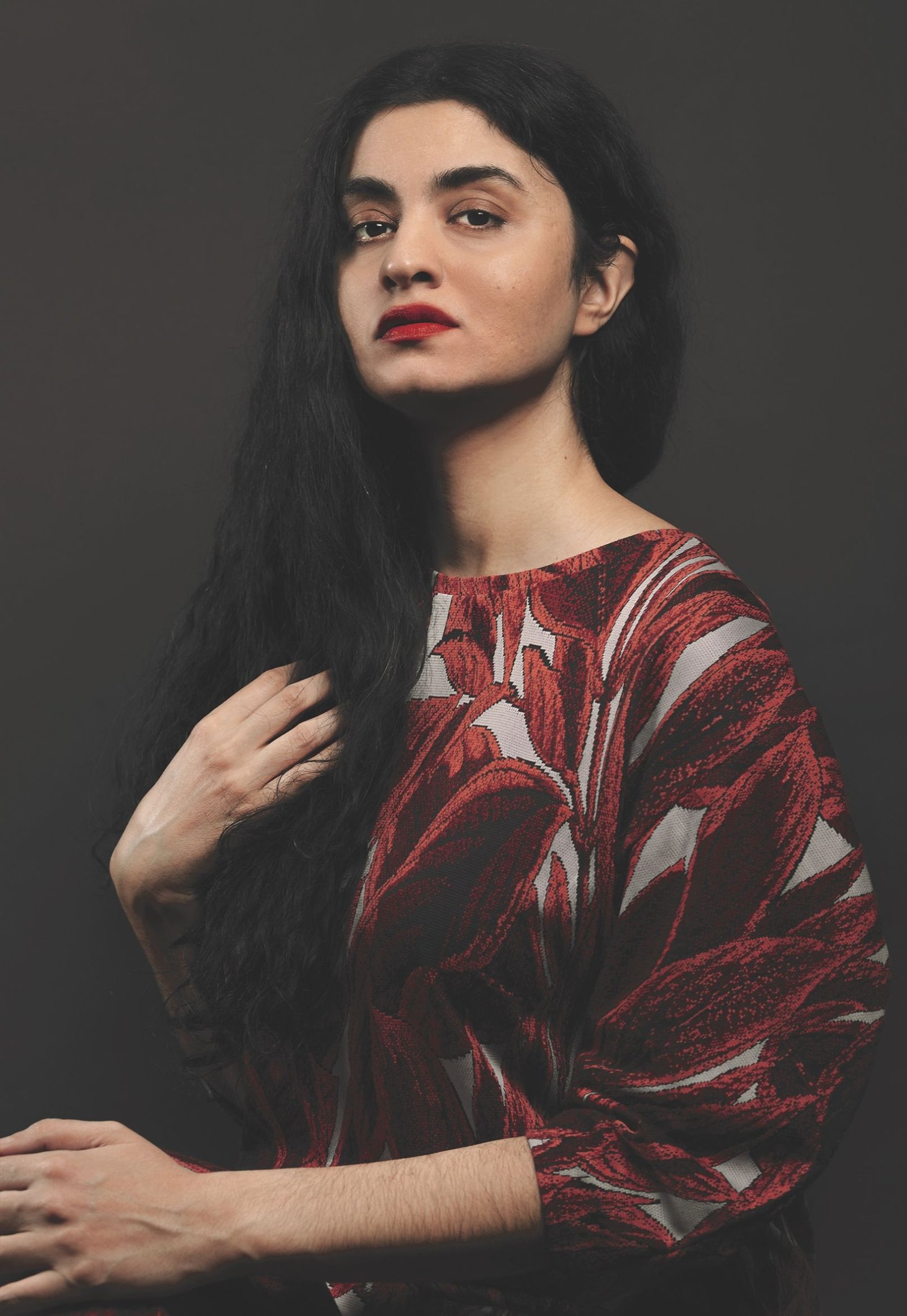
As an author and photographer, storytelling – both of your own tales and other people’s – must inform a lot of your creative process. What are some of the parallels and/or differences between documenting through words and through imagery?
My need to tell a story drives my creative process when it comes to photography and writing a memoir. In a way, I don’t know what the story will be until I begin the journey of searching for truth and trying to get underneath the surface of who people are. With photography, I am responsible for facilitating other people’s storytelling and helping them get to a place where they feel comfortable to be vulnerable.
With memoir writing, the exercise is to dig deeper and get to a place where I become aware of myself and the intentions behind my choices and behaviour. It’s about holding up a mirror to myself, perhaps in the same way I hold it up for others through my photography project.
You very expertly and sensitively manage to talk about a whole community while also keeping it incredibly personal. What does self-representation mean to you?
I hope that by creating an environment where folks feel that they can be heard and be their authentic selves, they would feel comfortable sharing their perspective and how they navigate the world. I can only hope that by working daily to show up in an authentic way and taking up spaces in places where people like me aren’t always welcome, others feel inspired to do the same. Self-representation to me means feeling brave enough to share how your lived experience and unique insights shape the way you see the world in the hopes that it will lead to collective empathy.
Your book is symbolic of a safe space created with and for a community of people living ‘on the margins’, in that trust is evident between you and the people you speak to, reference and photograph. How do you build up these relationships, and this trust, and do you believe that shared lived experience is essential to this?
I think it’s integral to just listen when you are interviewing individuals who are vulnerable and make them understand that they have all the power in this encounter. Shared lived experience can inform how many individuals might not always feel that way because of their interactions with dominant hegemonic cultures and authority.
It’s important to work on the subjects’ own terms and for them to drive their narratives.
It’s key to be observant and know when certain tellings might make the subjects feel triggered and to not make them feel like it’s something they have to unpack. It’s also critical to understand their own comfort level based on their cultural context so you can be proactive about how to protect them when sharing their stories with a large audience. For me, that has meant being creative with how I interview certain subjects (not show their faces), check in with them before their images and stories are shared to ensure that they are in an appropriate mental state to have the spotlight on them and that they are afforded safety to be visible in that moment in their lives. I’ve always felt like this project isn’t about me, it’s something I’m co-creating with my subjects and they have as much say in how they are being represented as I do.
Did the process of writing your memoir help you understand some parts of your story better? On this, do you think learning about others’ lived experience also allowed you to reflect on your own?
I think the latter is true. I think one of the reasons I wanted to work on the photo project was because I was trying to find the courage to share my own story with people. I was inspired by my subjects’ bravery.
Are these themes you want to explore in future books or would you like to move away from a reflective lens? Or a mixture of the two?
I feel like my personal lens will continue to inspire how I navigate themes that are of interest to me. I am not sure if memoir writing is something I would like to pursue in the near future but I’m sure my future work will be inspired by how I experience the world and my personal interactions.
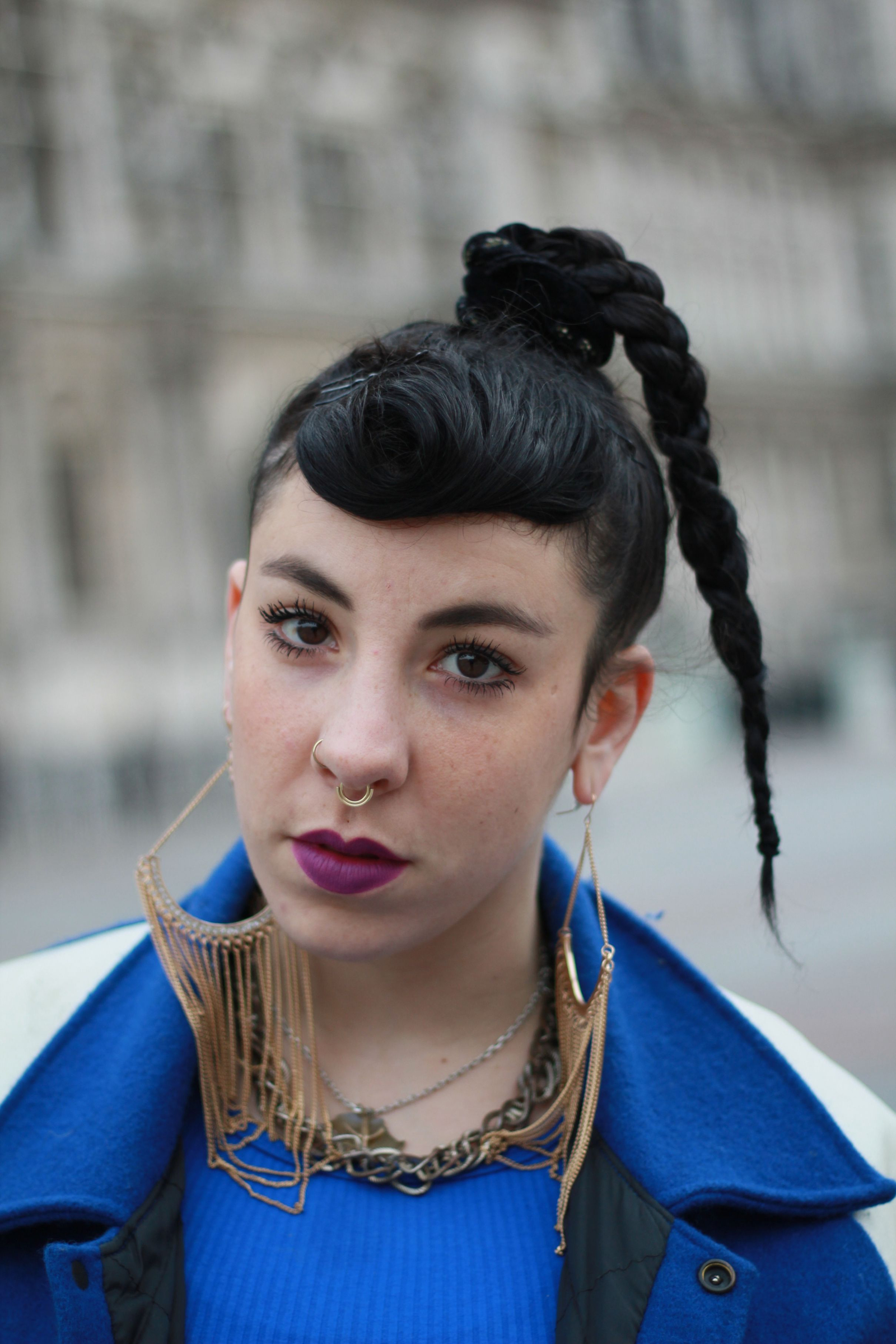
EXTRACT: CHAPTER ONE
We both had shaved heads. Although the reason for mine was that a week earlier my barber had discovered head lice before giving me my monthly bowl cut, I suspect her reason was more exciting. I couldn’t have been older than five when I saw her, but I can still vividly recall her face. My eyes fixed on it as honking trucks zipped by and three different qawwalis blared from the shops behind me. My mother likes to tell the story of how intently I would focus on the flickering television screen—the only one on our street in Lahore—while she nursed me. She would turn me around in an attempt to protect my eyes, but I always managed to swivel my head toward the screen. She would be the first to tell you: I’ve always been drawn to action.
Subscribe to shado's weekly newsletter
Exclusive event news, job and creative opportunities, first access to tickets and – just in case you missed them – our picks of the week, from inside shado and out.

My dad had parked the car in front of the shops in Liberty Market as my parents searched for last-minute Eid dresses for my sister and me. I always hated the muted colours my mother chose. Greys the colour of concrete or washed-out browns that reminded me of Ovaltine. As I waited in the back seat, I found myself drawn to the woman with the shaved head. Something about the spontaneity of her movements and the ease with which she rested her hand on her matte black motorcycle captivated me. She was probably closer in age to my mother, who was in her mid-twenties at the time, but the similarities ended there. I had never seen a woman laugh so freely in public and be so comfortable in her skin while socializing with men and women, as if that were a regular occurrence for women in Pakistan. Eventually she noticed my little face interrogating her from afar and smiled before shifting her attention back to a conversation with her friend. I seemed to be the only one fascinated by her: my younger sister continued to talk to herself—or maybe to me, who can say—in the back seat. Soon the woman was hiking up her black shalwar and adjusting her dupatta, securing it tightly so that her breasts were modestly covered—almost like donning armour before entering battle. She sped off on her motorcycle and joined the busy night-before-Eid traffic.
I’d only ever been surrounded by women who didn’t have the blueprint for claiming their lives. There were my aunts, who would never be caught socializing without their husbands present—certainly not publicly. They couldn’t drive their cars without their husbands, let alone ride a motorcycle. And there was my mother, who was notified of her own name change only when her wedding invitations arrived from the printer. She stared at one for a few moments, wondering if my father had changed his mind and was marrying someone else instead. Without consulting her, he had decided that Yasmin would be a more suitable and elegant name for his wife than Frida. It was one of the first signs that her identity was disposable. Her free will was up for grabs, available to be stencilled over by my father and perhaps even by her children. Her role was to be a pious wife and an attentive mother. Being a sacrificial lamb meant a place would be reserved for her in heaven. Even if it meant that her life would be hell, surely Allah would see her sacrifice and allow her into jannat, the prized heaven.
Buy the full book HERE

